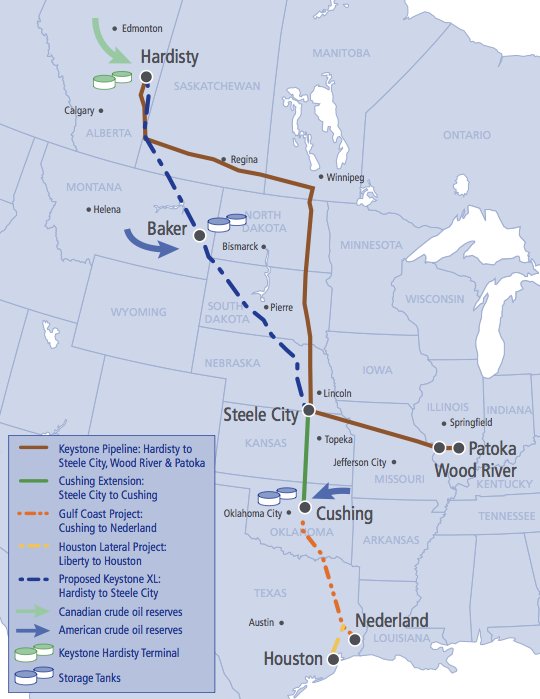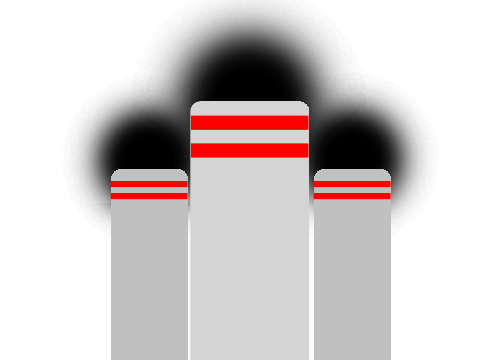What is the Keystone XL?
1,179 mile tar sands oil pipeline

A  project to transport tar sands oil from Hardisty, Alberta → Steele City, Nebraska*
project to transport tar sands oil from Hardisty, Alberta → Steele City, Nebraska*
What are tar sands?
Tar Sands —
viscous combination of clay, water, sand, and bitumen; mined through strip or open-pit mining*
70-110% more well-to-tank emissions than conventional crude oil*
70-110% more well-to-tank emissions than conventional crude oil*
Conventional Oil —
pumped from the ground
Why are tar sands worse than crude oil?
Refinement:
More energy needed to process *
- Less H, relatively more C, more S, and more heavy metals than crude oils
- Heavier and more viscous than crude oil
Production:
Most tar sands come from Alberta Canada *
Carbon-rich soil under the boreal forest has been ruined in an effort to extract tar sands.
Equivalent to (over): 37 million new
Equivalent to (over): 37 million new
Transportation:
Tar sands oil is corrosive to pipelines (?)
Tar sand spills are much more difficult and costly to clean than crude oil
Use:
Extraction of oil is extremely wasteful *
1 of oil =
of oil =
2 - 4  of tar sands +
of tar sands +
2 - 4 of water
of water
2 - 4
Impact on the environment
KXL >




 *
*
KXL =
82% more well-to-tank emissions than average US crude *
Canadian tar sands oil was the dirtiest source of all diesel emissions in the US in a given year *
...filling our atmosphere with carbon pollution is warming our planet, and burning conventional oil is a huge contributor. But the oil that would come from the Keystone XL pipeline is different ... it would come from the Canadian tar sands, which take much more energy to extract and refine than conventional oil. That means more greenhouse pollution and more warming.
Al Gore, 2013




